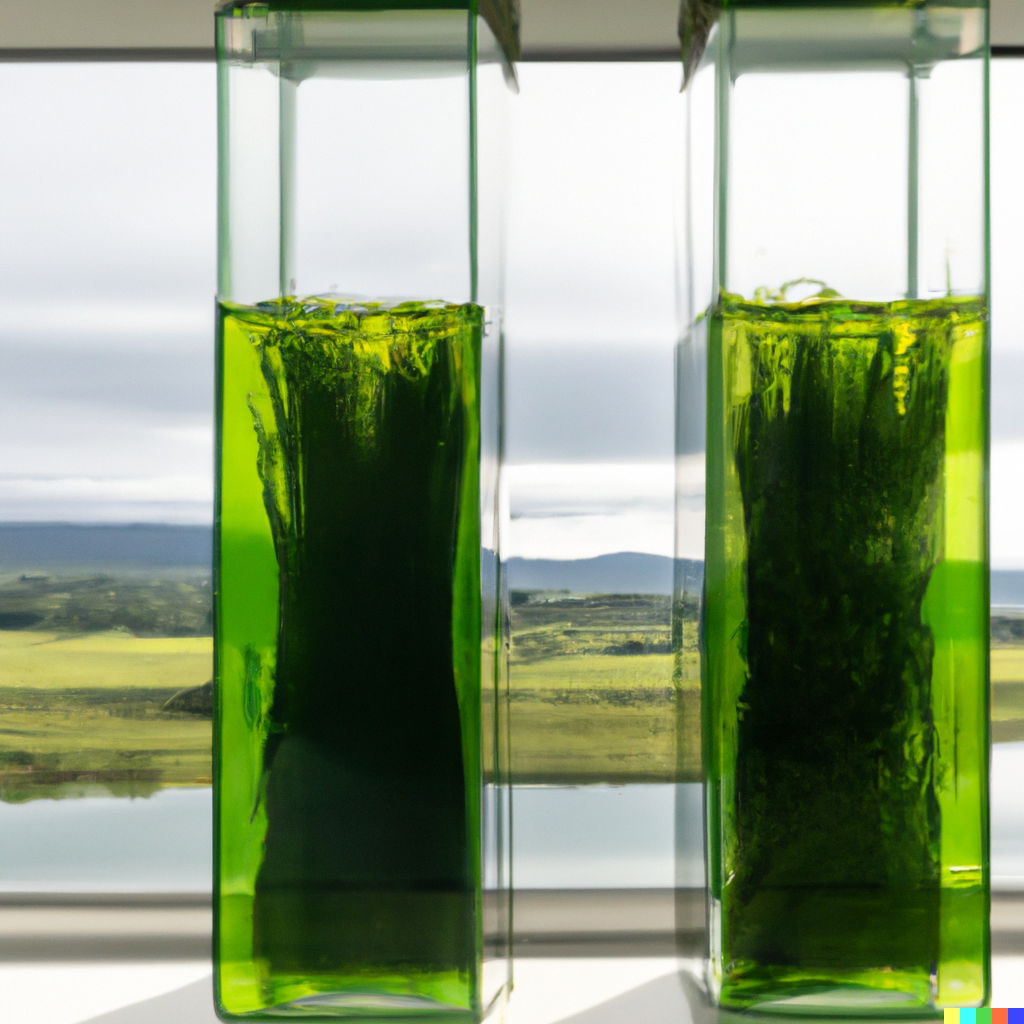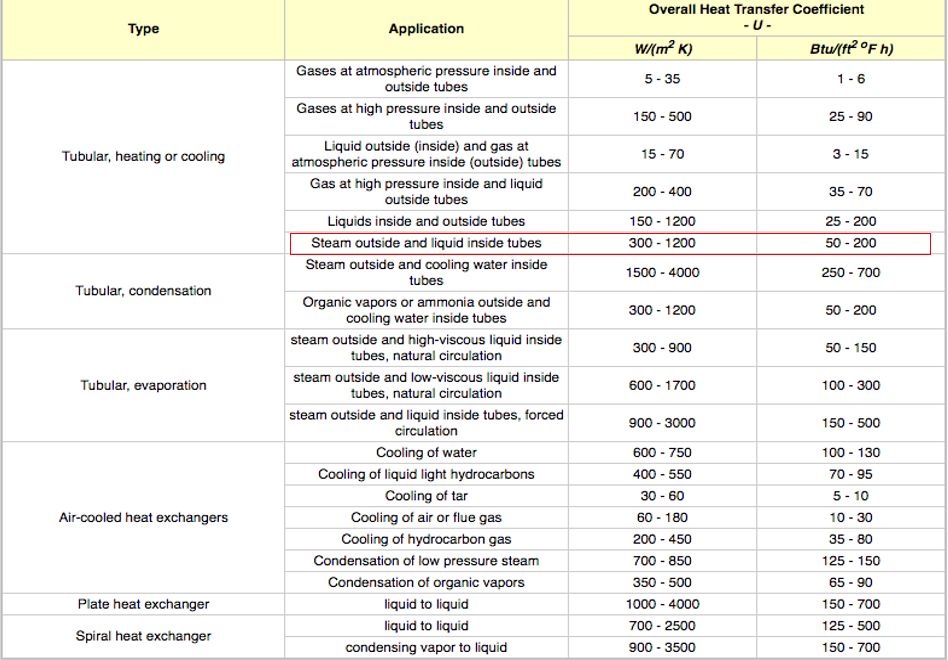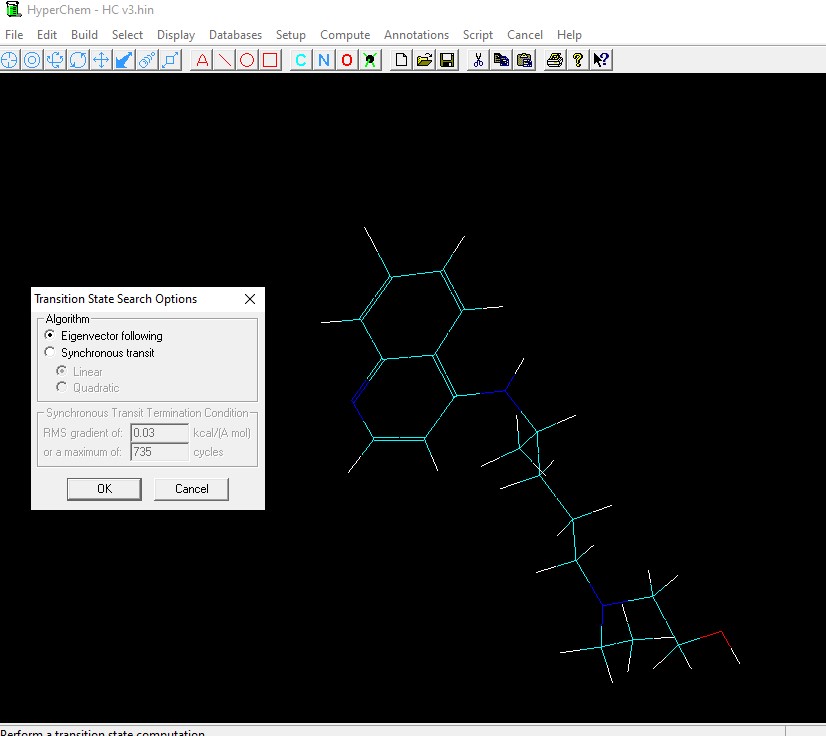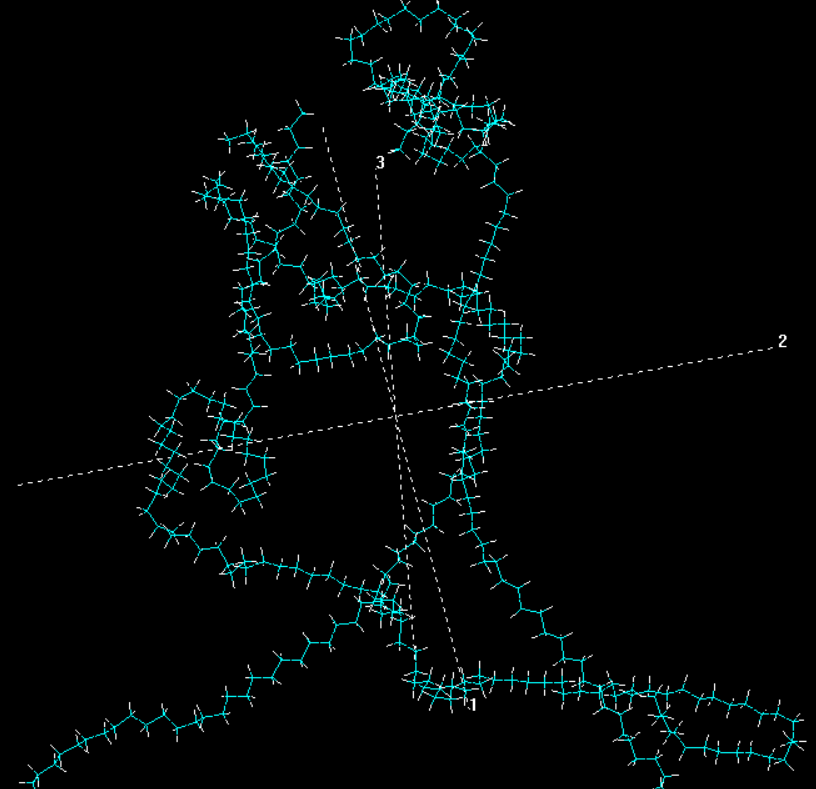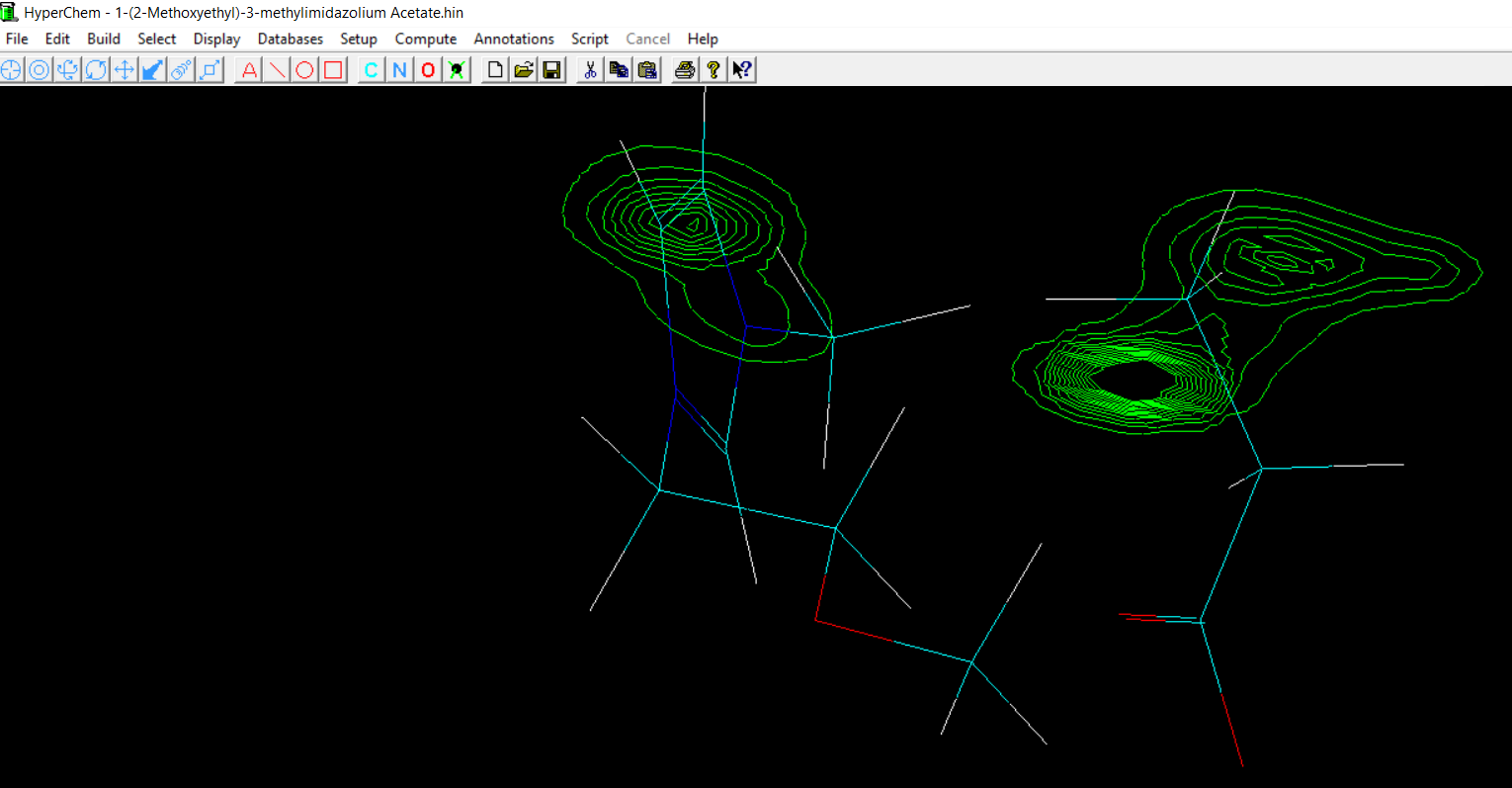
Kratom bitter taste issues and taste masking
Kratom, a tropical evergreen tree native to Southeast Asia, has become increasingly popular in many parts of the world in recent years. Its leaves are known for their potential health benefits, including pain relief, improved mood, and increased energy. However, one of the biggest issues with kratom is its bitter taste, which can make it difficult for some people to consume. In this post, we will discuss the problem of kratom's taste and explore the potential solution of taste masking.

